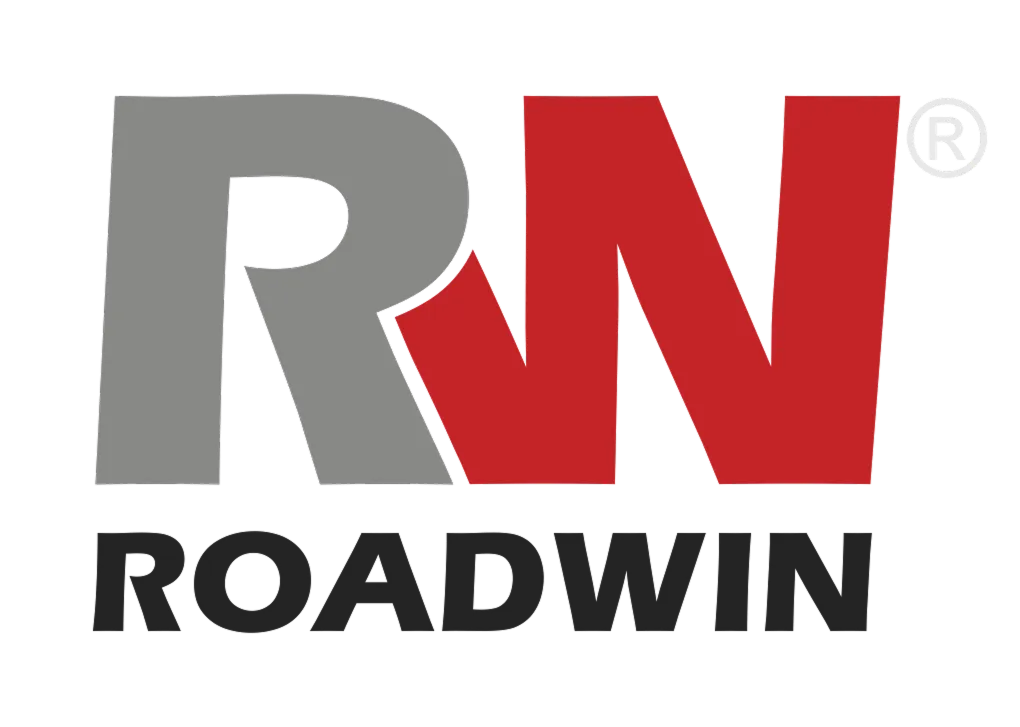How to Choose, Install, and Align Headlamps and Fog Lamps on Heavy-Duty Trucks
The right headlamp and fog lamp installation turns midnight routes and wet pavement into a bright path. Pick the right optics, feed them clean power, mount them solid, and aim them precisely. Do it wrong, and you’ll get dim output, CAN faults, or dangerous glare for oncoming traffic. Do it right and your crew will swear you widened the road.
Choose the Right Optics: Beams, Lumen vs. Candela, and Color Temperature
Start with the beam pattern. Lumen measures raw output, but candela and beam control determine what you actually see on the road. Low beams need a crisp cutoff with even foreground and strong down-road “hot spot”; highs want reach without tunnel vision, while fogs use a wide, low pattern that undercuts glare off rain or snow.
Stick to DOT/SAE markings (e.g., SAE F for fog, SAE HR/HB for headlamps) and favor 4000–5000 K color temperature for balanced contrast in real weather. Then demand durability: sealed housings, IP67/68 ratings, cast heat sinks, and anti-vibration mounts built for diesel shake. Plan your headlamp and fog lamp installation around the lamp’s optical intent—don’t try to make a fog lamp do a headlamp’s job.
Power It Right: Relays, Wiring Gauge, Grounds, and Voltage Drop
Great optics need stable voltage. On vocational trucks with long harness runs, undersized wire or crusty grounds can cost you two volts at the filament or LED driver—goodbye beam distance. Route power from a fused source through relays, size conductors for over 3% drop, and terminate with weather-sealed connectors; star-ground lighting at a clean, bare metal point on the frame or cab.
Verify alternator output under load (heated mirrors, HVAC blowers, night accessories), since lights ride the same charging system that cranks the engine and powers control modules. A weak alternator/battery health means unstable light output.
Wrap this into PM: inspect belts, terminals, and grounds whenever you touch lighting, because starting/charging health underpins reliable headlamp and fog lamp installation.
Mounting and Alignment: Make the Beam Hit Where Your Drivers Look
Solid mounts are the difference between laser-straight beams and jittery “fireflies.” Use the manufacturer’s bracketry, apply threadlocker where spec’d, and torque evenly to avoid aiming drift.
Fog lamps should sit low, aim flatter (cutoff typically at or slightly below lamp-center height at 25 ft), and never climb above bumper height in the pattern; their job is to punch under haze, not throw distance. Lock hardware, then road-test on a dark, straight stretch and fine-tune your headlamp and fog lamp installation once suspension settles on load.
Other mounting and alignment tips to keep in mind:
- Set headlamp height to OE spec, then aim on level ground with a flat wall 25 ft (7.6 m) away.
- Measure from the ground to the lamp’s center and mark that height on the wall; place a second mark 2 inches (about 2% grade) below—this is your low-beam cutoff reference.
- Low beams should place the sharp horizontal cutoff at or just below that lower line, and the step-up kink (right side) should angle slightly right of the truck’s centerline to illuminate signs without blinding oncoming traffic.
One-minute spec and setup checklist
- Confirm DOT/SAE codes match intended use (HR/HB for headlamps, F for fog).
- Verify a 4000–5000 K color temperature for all lamps to maintain color uniformity and reduce eye strain.
- Size wiring for over 3% voltage drop and route through fused relays with sealed connectors.
- Clean, star-ground lighting circuits; coat with dielectric where appropriate.
- Aim low beam cutoff 2-4 inches below lamp center at 25 ft; bias step-up right of centerline.
- Keep fog lamp beams low and wide; never above lamp-center height at 25 ft.
- Torque brackets evenly; paint or stripe fasteners to flag loosening after service.
- Document every headlamp and fog lamp installation—photos, volt measurements, aim marks.
Troubleshooting dim, flicker, and glare before they become complaints
If output looks weak, test voltage at the lamp with beams on; anything below ~13.2 V with the engine running on a 12-V system suggests drop—inspect grounds, crimps, and relay feeds.
Clouded lenses? Polycarbonate hazing kills candela, so restore or replace. When your LED flickers on trucks with PWM DRL control, it can require a compatible driver or resistor harness rated for heat. Persistent glare reports usually mean the cutoff sits too high or the truck squats under load. It’s best to re-aim with typical axle weights on the suspension.
Vibration ghosts—“wiggle beams”—point to fatigued brackets or missing isolators. Work a test loop after your headlamp and fog lamp installation to validate that real-world bounce doesn’t move the pattern.
Compliance, documentation, and preventive maintenance that actually sticks
Lighting is part of safety and preventive maintenance, not just cosmetics. Fold aim checks into seasonal maintenance, touch fasteners at every oil interval, and re-measure cutoff height after front-end work, tire changes, or spring/air-bag repairs.
Keep a simple worksheet: lamp IDs, voltage at lamp, ground resistance, aim marks, and photos of the cutoff. That record proves diligence during inspections and helps you spot a harness going bad before the night shift finds out the hard way.
Tie this to your broader PM rhythm—charging system tests, harness inspections, and lens cleaning—because those same systems also feed ECMs, injectors, and HVAC loads on your heavy-duty rig. That’s how you keep a dialed headlamp and fog lamp installation delivering year-round.
Schedule your lighting upgrade
Ready to spec, mount, and aim lighting that actually helps your team see? Bring your truck to Roadwin Parts—we’ll select the right optics, build relay-fed harnesses, and laser-mark the aim so your headlamp and fog lamp installation stays locked in place through the seasons. Let’s turn night shifts into easy shifts—book your alignment today. To learn more about truck parts, read our article on worn shocks and airbags impacting your truck’s performance.
